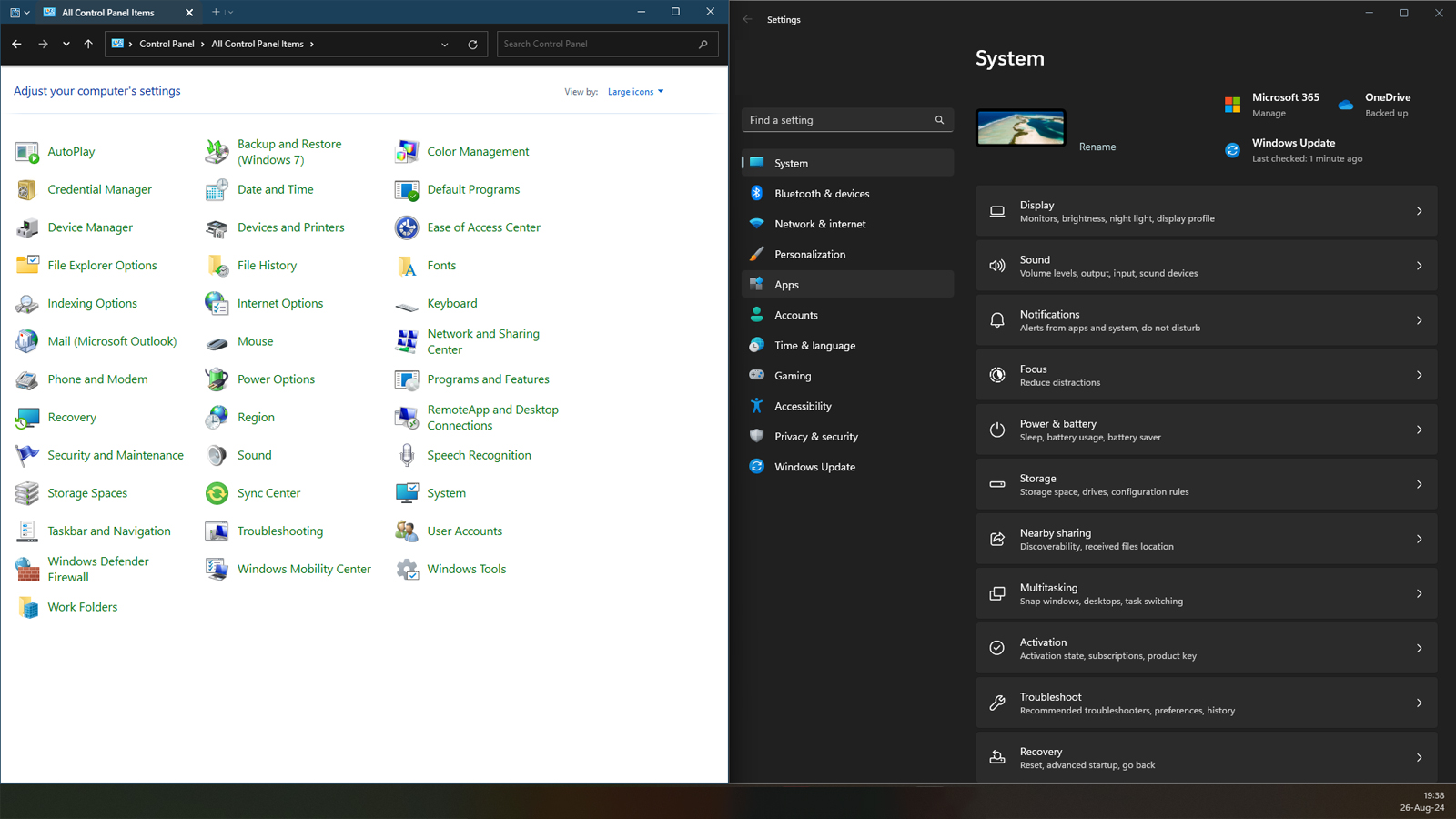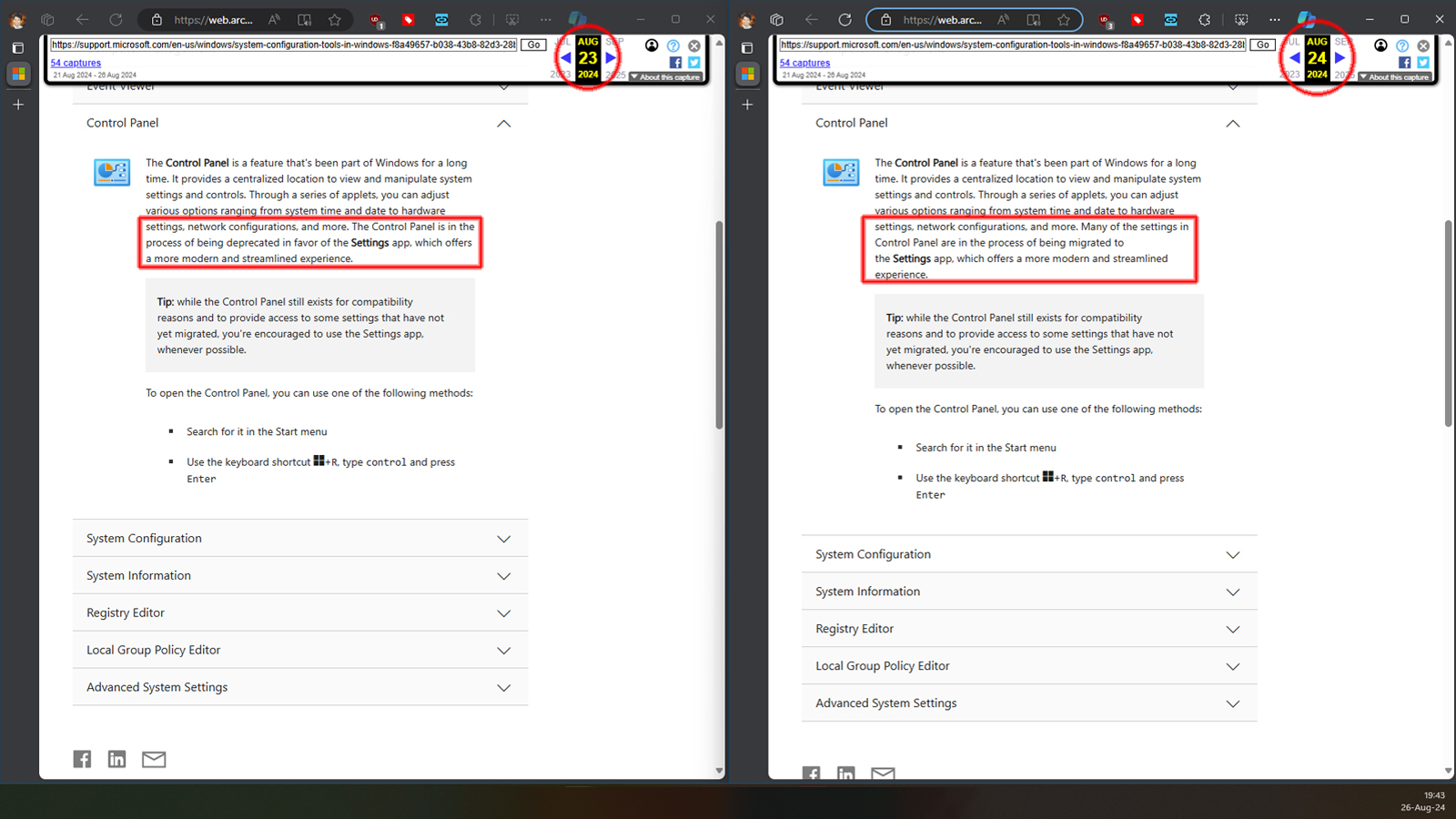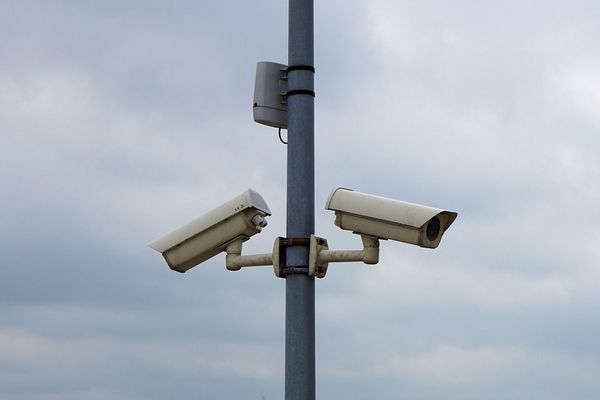
Microsoft’s support page titled ‘System configuration tools in Windows’ recently said that the Control Panel is in the process of being deprecated in favor of the Settings app. However, after a modicum of online backlash, it seems that Microsoft has backtracked on its words, as the document has since been updated.
The original statement under the Control Panel section said, “The Control Panel is in the process of being deprecated in favor of the Settings app, which offers a more modern and streamlined experience.” This was what it said on the support page as late as 9 pm on August 23, 2024. But just a few hours later, at around 1 am on August 24, 2024, this sentence was updated to, “Many of the settings in Control Panel are in the process of being migrated to the Settings app, which offers a more modern and streamlined experience.”

The Settings app was first introduced in 2012 with Windows 8, and ever since then, there has been talk among enthusiasts about the Control Panel eventually being replaced by this newer app. However, it’s been 12 years since its supposed replacement came out and the Control Panel still remains accessible. Microsoft actually has never stated when or whether it will remove the Control Panel until the release of the above support document (pictured left). After news outlets picked up the story about this move, it seems that the company relented and changed the wording of the document rather sharply.
But even if Microsoft keeps the Control Panel around, for those who prefer the currently more granular control of the operating system it provides, the company is continuously adding more features to the Settings app to pull focus away from the old way of changing settings. For example, Windows 11 Insider Preview Build 27686 now lets you change your laptop’s power settings depending on whether it’s plugged in or on battery. You could only previously do this by digging in the menus via the Power Options app in the Control Panel. But this update will make it more easily accessible to anyone in the Settings menu.
More people are comfortable with using the Settings app to tweak their computers, especially as younger generations began with a smartphone as their first 'computer,' making them used to the simpler interface of these handheld devices. Thus, it makes sense for Microsoft to migrate system settings under a single Settings app. instead of the multiple different apps in the Control Panel. Nevertheless, many power users still prefer the Control Panel, as it offers much more granular control over the entire system. So, until Microsoft ensures that the Settings app is as powerful as the Control Panel, enthusiasts will be upset if it deprecates the former in favor of the latter.







